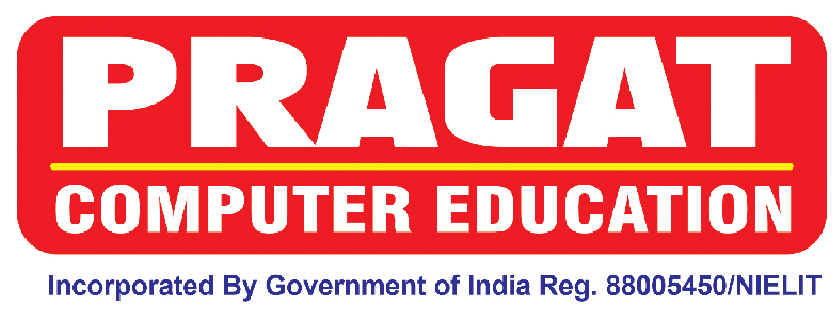A Hardware and Networking diploma is a specialized educational program that focuses on providing practical knowledge and skills related to computer hardware components, network infrastructure, and their management. This diploma program prepares students for entry-level positions in the field of hardware and networking.
Here are some key aspects typically covered in a Hardware and Networking diploma program:
1. Computer Hardware:
Understanding computer components, such as CPUs, memory, storage devices, motherboards, and peripherals.
Assembling and disassembling computers.
Diagnosing and troubleshooting hardware issues.
Installing and configuring operating systems and device drivers.
Networking Fundamentals:
2. Introduction to computer networks, network topologies, and protocols.
LAN and WAN technologies.
TCP/IP networking and IP addressing.
Configuring and troubleshooting network devices, such as routers, switches, and modems.
Wireless networking concepts and configurations.
Network Administration:
3. User and group management in a network environment.
Network security principles, including authentication, encryption, and firewall configurations.
Implementing network services like DNS (Domain Name System) and DHCP (Dynamic Host Configuration Protocol).
Monitoring and managing network performance.
Backup and disaster recovery strategies.
Troubleshooting and Maintenance:
4. Identifying and resolving common hardware and software issues.
Diagnosing network connectivity problems.
Implementing preventive maintenance procedures.
Performing system upgrades and updates.
By completing a Hardware and Networking diploma program, students gain a solid foundation in computer hardware, networking concepts, and practical skills necessary for pursuing careers as computer technicians, network administrators, or technical support professionals.
It's important to research and select a reputable educational institution or training center that offers a comprehensive and up-to-date curriculum to ensure the diploma program aligns with industry standards and provides relevant knowledge and skills for today's technology landscape.


